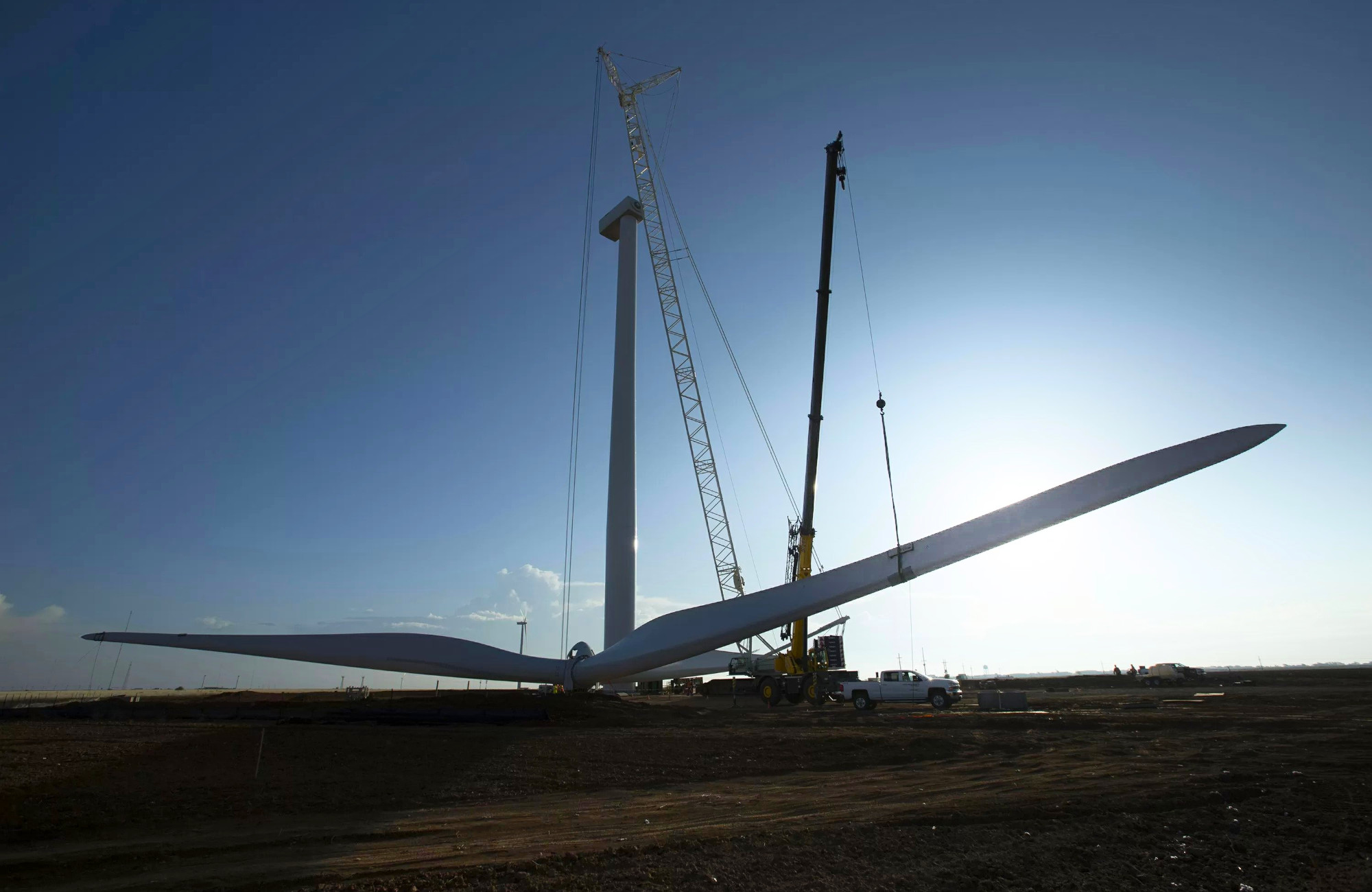Protecting biodiversity and generating energy do not always go hand in hand. This can be just as true for renewable energy as for fossil-fuel generated energy, although to an arguably lesser degree. For example, tree-roosting bats are now being killed in very large numbers by wind turbines (it is estimated that nearly 900,000 bats were killed in the US-alone in 2012).
As a result, many windfarms are now required to turn off the turbines, or reduce their speed, during the times that bats are most active. Some energy is lost as a result – an example of what we call Ecosystem Maintenance Energy (ESME). It is the energy price paid for ensuring our energy production does not harm important ecosystem services – in this case, bats controlling insect populations, including crop and forest pests. It means, of course, that less energy is available to power the economy.
Renewable energy is very different from fossil fuel-derived energy in that most monetary and energy-related costs are incurred upfront before any energy is generated. For a windfarm, this means that the blades and rotors must be manufactured, access roads built, towers constructed, and the turbines connected to the grid. Disassembling the turbine and returning the site to its original state is done after the turbines’ useful life over. Operating and maintenance (O&M) costs are relatively small, consisting in blade maintenance and repair. For a solar energy farm, O&M costs consist largely in cleaning the pv cells or the mirrors.
Renewables also need more materials for construction per gigawatt of power output than fossil fuel plants — although of course, fossil power needs continuous inputs of fuel. Given that the capacity factors and energy return on energy invested (EROEI) for intermittent renewables like solar and wind are much lower than for fossil fuel plants, materials usage per GWh of energy is even higher. As covered in this collection on Land and Climate Review, the materials needed include not only the concrete, steel and aluminium needed for construction, the copper needed for the turbine rotors and transmission lines, but also a variety of exotic materials whose future supply is in doubt. Their supply is doubtful for two reasons, including resource depletion—especially if renewables must compete with other fast-growing uses—and because of supply security concerns.
Many of these materials are currently sourced from low- or middle-income countries, often with even worse environmental laws and compliance than in OECD countries. In the Democratic Republic of Congo, for example, cobalt is mined with scant regard to local health, leading to numerous adverse health and social impacts.
Even where some attempts are made at environmental remediation by the construction of mine tailings dams (where the byproducts of ore mining, known as tailings, can be stored) these fail with alarming frequency. And even if they succeed, energy costs are incurred in their construction. The problem is that, to achieve true dam safety, these costs would need to be higher. Building tailings dams is a cost, not a revenue stream, and always will be.
One method of dealing with ESME costs is simply to ignore them—after all, fossil fuel, nuclear and renewable power plants will still work fine. This head-in-the-sand attitude has long been the favoured approach for two ESME costs: nuclear power wastes and anthropogenic CO2 emissions. The radioactivity of some nuclear waste elements such as plutonium, are long-lived; the isotope plutonium-239 has a half-life of over 24,000 years, and the time taken for 10 half-lives is considered necessary for safety. With non-linear climate change already occurring, can we look even 20 years ahead with confidence?
Almost all ESME costs are currently being shifted to future generations. But rather than ignoring the lesson of the fossil-fuel era, it’s essential that ESME costs become factored into models and strategies, as well as into concrete projects underway today or in in planning. Only by so doing will we have an accurate picture of the resource and energy requirements of a genuinely sustainable energy system.
Patrick Moriarty is an Adjunct Associate Professor in the Department of Design at Monash University. Find his Scopus research profile here.
Read more:

- Opinion
- By Leandro Vergara-Camus
- 14 July, 2023






